|
Advertisement
|
Themel
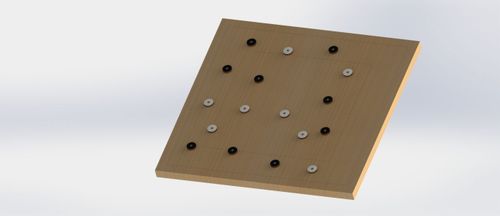
DescriptionCharacteristics Equipment Pieces Board
Notes about the terms used: Game DiscussionsAdd CommentYou need to be logged in to comment. Insert Bullet List Please enter at least one item. Item: Item: Item: Item: Item: Insert Numeric List Please enter at least one item. Item: Item: Item: Item: Item: Insert Link Please enter the link of the website Optionally you can add display text Insert Email Please enter the email address Optionally add any display text Insert Image Please enter the link of the image Insert YouTube Video Please enter the link of the video MarketplaceNo listings at the moment. Do you own this game? Click here to list it for sale.
|
Best Sellers
Board Games
|
||||
Latest Searches: pony | shueets+and+ladders | Marvel+Avengeres | Lobo+howler | Star Wars The Black Series Rey (Dark Side Vision) | nior | ugly | Gunfight | Idaho opt | Green+arrow | Muncie Indiana monopoly | Twin+cities | Transformed | belles, bourbon and bullets | hot+seat | dirty marbles | Castine Maine Monoploy | Temple+TX+Monopoly | monjohm | SimiValleyopoly | solo ball | Divin dolphins | jäätmetekke | Beyblade-+Spryzen+Requiem+S3 | bridg-it board game | uno rules | civil war s | Monopoly durham NC edition | Cia | Murder+Mystery+-+Foul+Play+and+Cabernet
All Rights Reserved

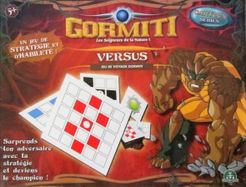

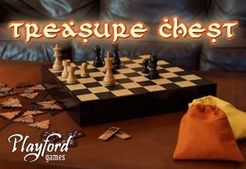
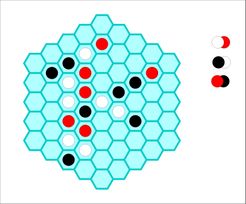
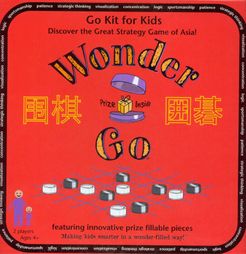
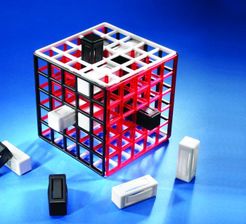
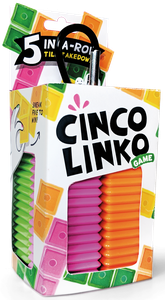
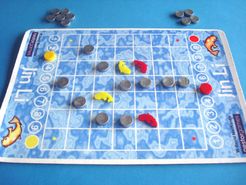
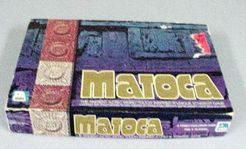
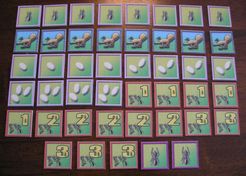
Comments (0)